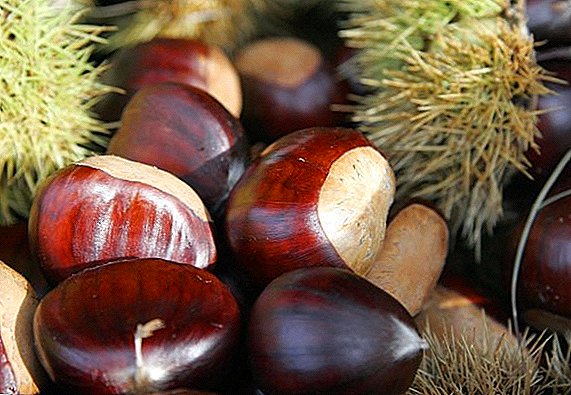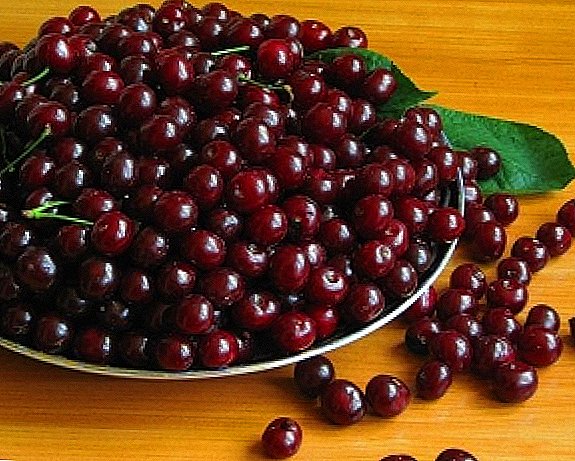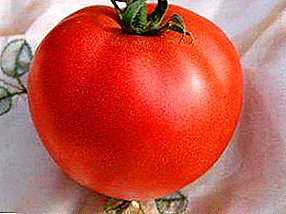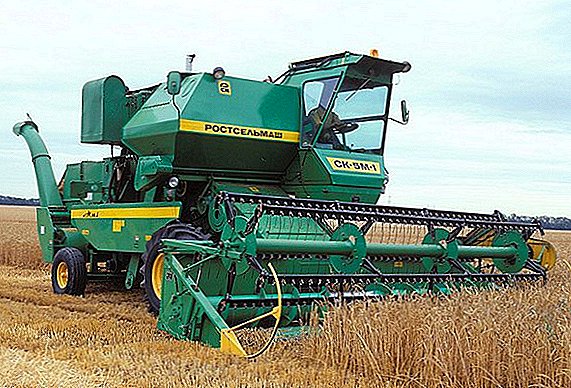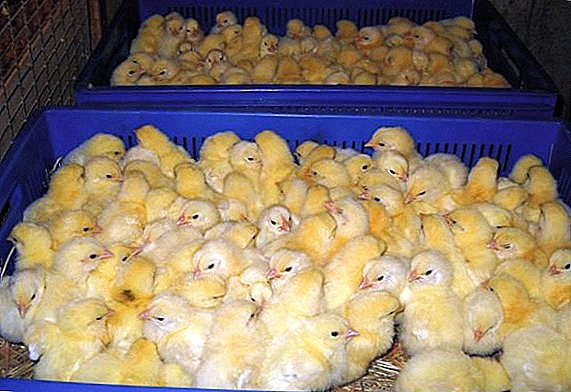 Every owner who sells chickens is faced with the problem of transporting young stock, as this process affects the viability and health of the bird. We will talk about what kind of transport is used for transportation and what conditions need to be created to exclude the case.
Every owner who sells chickens is faced with the problem of transporting young stock, as this process affects the viability and health of the bird. We will talk about what kind of transport is used for transportation and what conditions need to be created to exclude the case.
Chick transport
Large farms that are engaged in obtaining young, should in the shortest possible time to ensure the transportation and marketing of day-old chickens, as every day their cost increases due to the cost of feed. And farmers who purchase young stock for the season should deliver correctly from the place of sale to the farm or to a small farm.
Learn how to cook feed for poultry on their own.
Transportation over short and long distances should be carried out according to certain rules in order to exclude losses, as well as sell or receive healthy livestock.
How to transport chickens
For transportation over short distances, you can use any type of transport that allows you to place containers with young stock, as well as maintain the required temperature. If the birds are transported over long distances, which implies a long stay of the young in uncomfortable conditions, then special transport is necessary.

We recommend to learn how to remove the chickens with an incubator.
Special vehicles are any trucks that are equipped with air conditioning and special heaters, as well as sensors that allow you to monitor temperature and humidity. The walls of the cargo compartment must be insulated to prevent sudden changes in temperature.
Ventilation is important in the cargo compartment, but draft must be excluded. The chick compartment should be equipped so that the bird crates are located at a sufficiently large distance in one or several tiers. The placement of the boxes should be such that the youngsters can drink water and eat food, as well as be emptied.
Transportation rules
- Distance
Important! Special vehicles must have additional shock absorbers to reduce vibration.
 It is impossible to feed a large population in the conditions of the road, so it is worth starting from this time interval.
It is impossible to feed a large population in the conditions of the road, so it is worth starting from this time interval.
Important! It is forbidden to feed daily chickens before or during transport. If this is done, then you have to give food every 3-4 hours.
- Tare and density of accommodation

In the first days of the life of chickens, special attention should be paid to their diet.
The height of the box, regardless of other sizes, should be at least 15 cm. Density should be reduced if young animals are transported over long distances to prevent overheating.
- The necessary conditions
Also it is necessary to take care of the necessary air speed. There should be no draft inside the vehicle, and the air should move at a speed not exceeding 2 m / s. To eliminate the lack of oxygen or an excess of carbon dioxide, the level of the latter in the boxes should not exceed 1.5%.
Did you know? The chicken can mate with several roosters at once, after which the seed of the weaker “father” will be removed so that the offspring receive the best genes. In this case, the stronger is the cock that has the largest crest of the correct form.All parameters must be respected and monitored. Control is carried out using special technology based on sensors.
Chick care while traveling
During transport the care of chickens is to maintain the necessary conditions. In addition, the compartment of the car in which the young are, must be illuminated by incandescent or fluorescent.  When transporting over long distances, care should be taken to remove excrement, which is a favorable environment for the development of dangerous microorganisms. To do this, under each box is placed a pallet that needs to be emptied, then rinse with a disinfectant.
When transporting over long distances, care should be taken to remove excrement, which is a favorable environment for the development of dangerous microorganisms. To do this, under each box is placed a pallet that needs to be emptied, then rinse with a disinfectant.
Also during transportation you need to take care of clean air. The problem is that the young are weakened by stress, so they can get sick. When transporting large livestock, it makes sense to install air-cleaning devices that will avoid the deterioration of the chickens.
Chickens are susceptible to various diseases, so the poultry farmer should know what diseases the chickens are and how to fight them.
What not to do:
- Clean the inside of the crate where the chicks are placed during transport.
- Spray the chicks with water to reduce the temperature (air conditioner is used for this).
- Tightly close the boxes or put them on each other to save space.
- Use cardboard or wooden cases for transportation.
- Spray disinfectants in the chickens compartment.
- Install heaters near tare.
Did you know? Chickens have their own language. The bird uses at least 30 different sound combinations to express a call to action. Moreover, the chicken can communicate with the chicken when it is still in the egg.
Transportation of chickens requires advance preparation, as well as proper calculations, so many farmers use the services of companies that have special transport. Use our instructions to make a lossless journey.
Video: Chick Transfer Rules
Reviews








